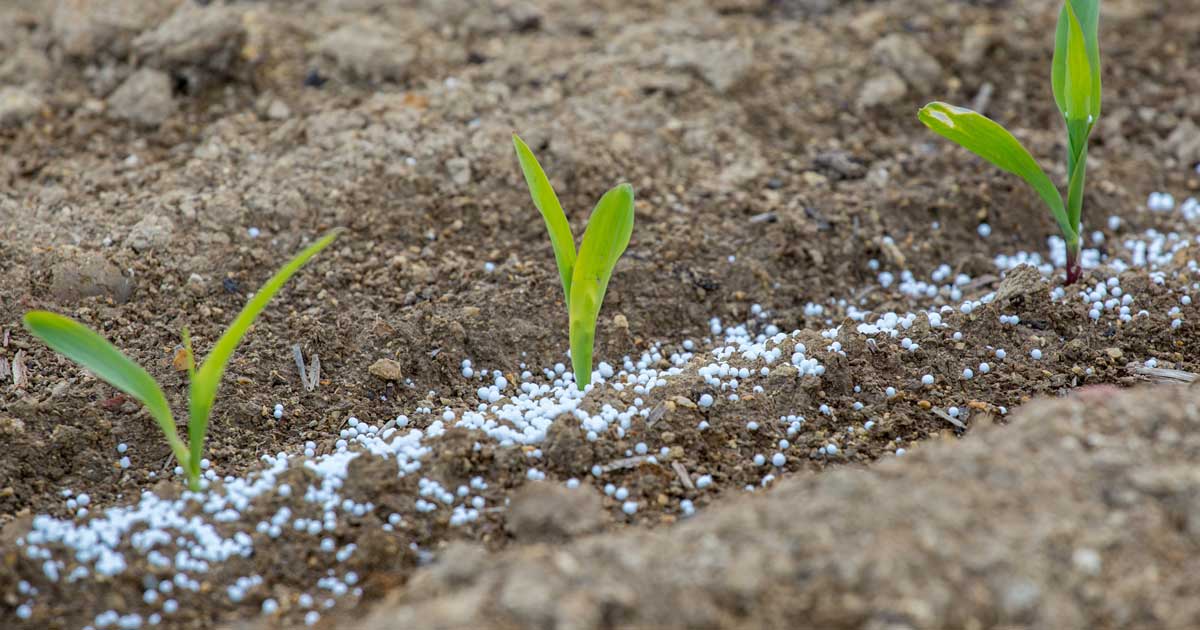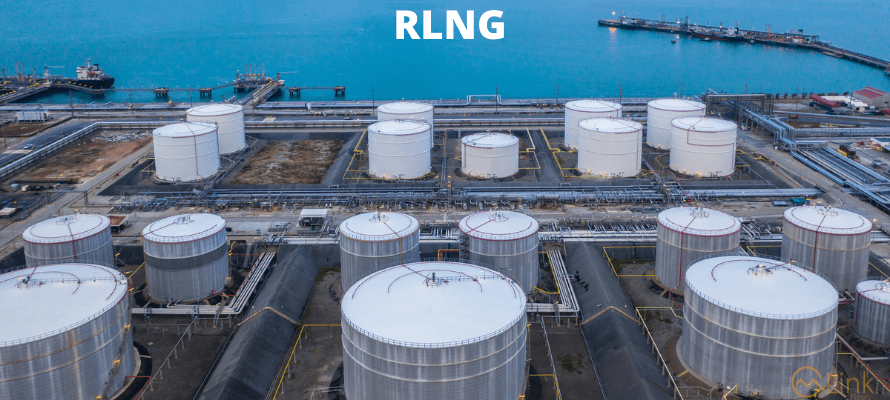July 18, 2020 (MLN): With the Fiscal Year 2020 coming to an end, several speculations regarding the financial results of the companies for the quarter ended June 30, 2020, have already started doing the rife. These speculations, for fairly obvious reasons, have not been very encouraging and reassuring, to say the least.
However, the same is not being surmised for the Fertilizer Sector, as several analysts have put forth factors that will help in uplifting the sector’s profitability during the given period. Before we jump onto the details of it, let's have a look at how the COVID-19 pandemic has changed the dynamics of the Fertilizer Industry.
According to a report by BMA Capital, the Industry indigenous urea production during 1HCY20 improved to 2.91mn MT during 1HCY20 vs. 2.50mn MT in 1HCY19. Currently, the urea market is oversupplied, which has exerted downward pressure on the prices of Urea. This pressure, as stated by the report, is expected to continue if the urea demand follows the same trajectory.
‘As COVID-19 has posed significant logistical challenges across the agriculture value chain and may lead to industry demand contraction, overall urea sales during CY20 are likely to clock-in at 5.3-5.5 Mn tons of Urea. As a result, the country may end up with sufficient urea inventory of 468k Tons by the end of CY20’, the report added.
Another issue currently facing the sector is that of sales tax registration of fertilizer dealers, which is likely to increase the cost of urea. The problem is that majority of the fertilizer dealers are not registered in sales tax, despite all of them being filers for income tax. Due to this reason, the cost of producing Urea is expected to surge for farmers, which may ultimately be passed on to the consumers.
During the quarter under review, the sector contributed nearly 630 points to the KSE-100 index, with Fatima Fertilizers generating the highest quarterly return at 34.8%. This was followed by Fauji Fertilizers and Fauji Fertilizer Bin Qasim, which gave returns of 21% and 20.5% respectively.
In terms of average volumes traded, the scrips of Engro Fertilizers were preferred the most during the period, followed by Fauji Fertilizer Bin Qasim, Fauji Fertilizer Company, and Engro Corp.
In spite of the aforementioned problems, there is a high probability of an increase in quarterly profits for the sector, as mentioned earlier. A report by Foundation Securities has put forth a number of factors that will help the sector in achieving a higher profitability margin. These factors include, but are not limited to, higher urea offtake, stability in fertilizer prices, higher DAP margins, and most importantly, reduction in GIDC.
Shedding some light on the details, the report suggested that the inventory restoration move by dealers due to the anticipation of a rise in urea prices on the back of expected hike in gas prices amid sowing season of cash crops is likely to result in an increase in Urea offtake. In addition to this, restricting the reduction to urea prices to that of GIDC is further expected to give a boost to the sales.
However, with regards to DAP offtake, the report stated that the sales are likely to fall owing to the impact on crop cycles caused by climate change. A decline in the international prices of DAP, along with rupee devaluation and higher other operating costs for importers is also expected to cause strain to the overall offtake during the aforementioned period.
Company-wise, Engro Fertilizer is expected to post the highest increase in Urea offtake, owing to the above-mentioned factors as well as higher retention margins. On the contrary, Fauji Fertilizer Company’s profits are likely to remain restricted due to lower DAP trading, higher working capital cost, as well as Selling and Administration cost.
While the likelihood of positive earnings is invisible for Fauji Fertilizer Bin Qasim, the company is definitely expecting a decline in quarterly losses owing to the absence of exchange losses, higher DAP trading margins, and an increase in profitability for power businesses.
Copyright Mettis Link News
35841










